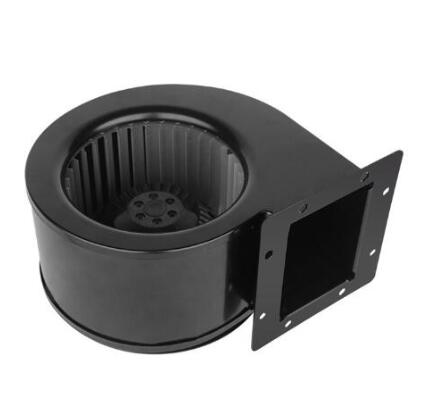Decoding Design: Unraveling the Unique Features of Forward-Curved Fan Blades
2023-12-07
Introduction:
In the intricate world of fan engineering, the design of fan blades plays a pivotal role in determining a fan's performance, efficiency, and suitability for specific applications. Among the diverse array of fan types, the forward-curved fan stands out with its distinct blade design. In this exploration, we delve into how the design of forward-curved fan blades sets them apart from other types, unraveling the engineering intricacies that contribute to their unique capabilities.
Understanding Forward-Curved Fan Blade Design:
Forward-curved fan blades, also known as "squirrel cage" blades, boast a design that differentiates them from axial and backward-curved fan blades. Here are key aspects that define the design of forward-curved fan blades:
1. Curvature Orientation:
Unlike axial fans, where the blades are oriented parallel to the fan axis, and backward-curved fans, where blades curve away from the direction of rotation, forward-curved fan blades curve in the direction of rotation. This distinctive curvature is essential for their efficient operation in high-flow, low-pressure systems.
2. Number and Shape of Blades:
Forward-curved fans typically feature a larger number of blades compared to axial fans. The blades are curved and gradually taper towards the outer edge, resembling a shallow curve reminiscent of a hamster wheel. This design contributes to the fan's ability to move a substantial volume of air at relatively low pressures.
3. Compact and Lightweight Construction:
Forward-curved fan blades are often designed to be compact and lightweight. This feature enhances the fan's responsiveness to changes in speed and contributes to its suitability for applications requiring dynamic airflow adjustments.
4. Suitability for Low-Pressure, High-Volume Systems:
The curvature of the blades, combined with their larger number, makes forward-curved fans well-suited for applications that demand high airflow at lower pressure differentials. This makes them particularly effective in HVAC systems, where moving large volumes of air is essential for ventilation and heat exchange.
5. Adaptability to Variable Air Volume (VAV) Systems:
Forward-curved fan blades exhibit excellent performance in Variable Air Volume systems. The design allows for smooth and efficient operation across a range of airflow conditions, making them adaptable to changing ventilation requirements.
Conclusion:
In the intricate dance of air movement, the design of forward-curved fan blades emerges as a specialized solution tailored for specific HVAC and ventilation challenges. By embracing a unique curvature and blade structure, forward-curved fans carve a niche for themselves in the realm of high-flow, low-pressure applications, contributing to efficient and adaptable air handling solutions. As technology advances, understanding the nuances of fan blade design becomes ever more crucial in optimizing performance and achieving sustainable airflow solutions.



